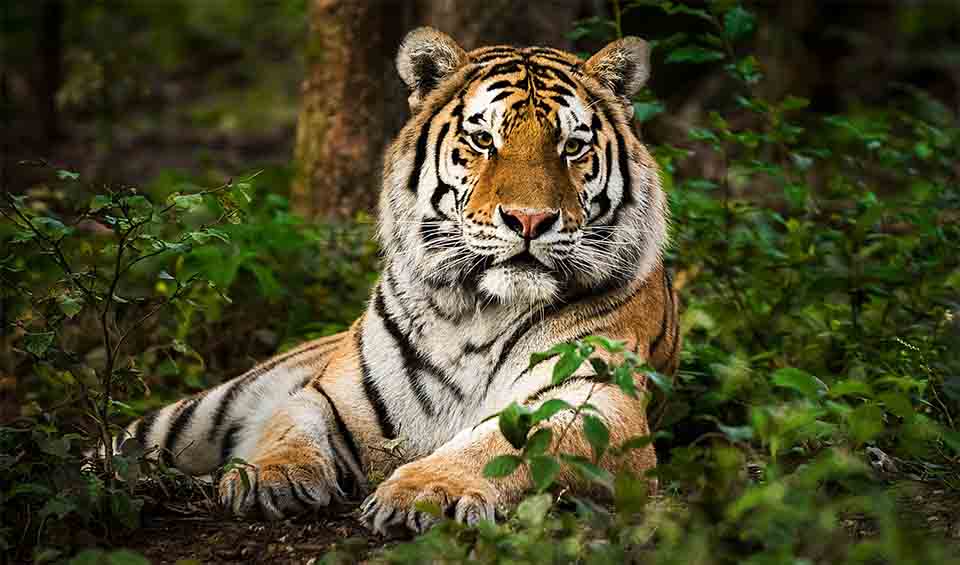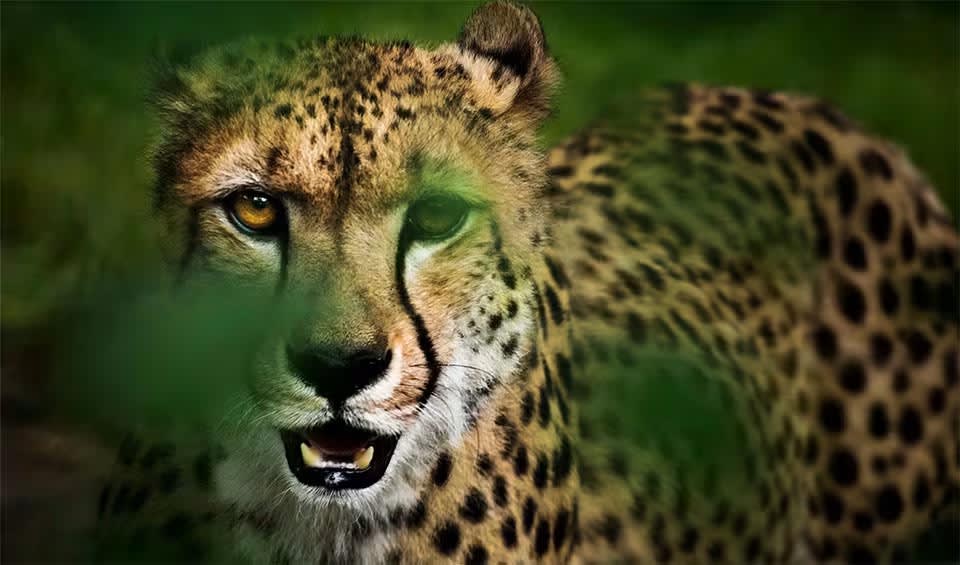One of Madagascar’s most unusual and eye-catching reptiles, named for the horn-like projection that males have on their snouts, resembling a miniature rhinoceros horn. This horn is actually a soft, fleshy structure used more for show than for combat, and it plays a role in displays of dominance between males or in attracting mates. Females, on the other hand, usually lack this prominent feature, which makes the males especially distinctive. The Rhinoceros chameleon has a sturdy body with rough, textured skin that can range from earthy greens and browns to more vibrant yellows and oranges, depending on its mood or environmental conditions.
Like many other chameleons, the Rhinoceros chameleon is a master of camouflage. Its ability to shift colors helps it regulate body temperature and communicate with other chameleons, aside from providing excellent protection against predators by blending into the dense forests of southwestern Madagascar, where it is typically found. It has the classic chameleon traits: independently moving eyes, a curled prehensile tail for balance, and pincer-like feet that allow it to move gracefully through tree branches and shrubs. Its long, sticky tongue can shoot out at lightning speed to capture insects like crickets, beetles, and caterpillars.
A fun fact about the Rhinoceros chameleon is that it belongs to the Furcifer genus, which includes many of Madagascar’s most colorful and bizarre-looking chameleons. Despite its tough-looking “horn,” this species is generally shy and non-aggressive, preferring to rely on stealth and camouflage to stay out of trouble. Another interesting tidbit is that it tends to be more active during dawn and dusk, making it a crepuscular species, which helps it avoid the midday heat of Madagascar’s dry forests.
Distribution
 Madagascar
MadagascarAnything we've missed?
Help us improve this page by suggesting edits. Glory never dies!
Suggest an editGet to know me
Terrestrial / Aquatic
Altricial / Precocial
Polygamous / Monogamous
Dimorphic (size) / Monomorphic
Active: Diurnal / Nocturnal
Social behavior: Solitary / Pack / Herd
Diet: Carnivore / Herbivore / Omnivore / Piscivorous / Insectivore
Migratory: Yes / No
Domesticated: Yes / No
Dangerous: Yes / No




